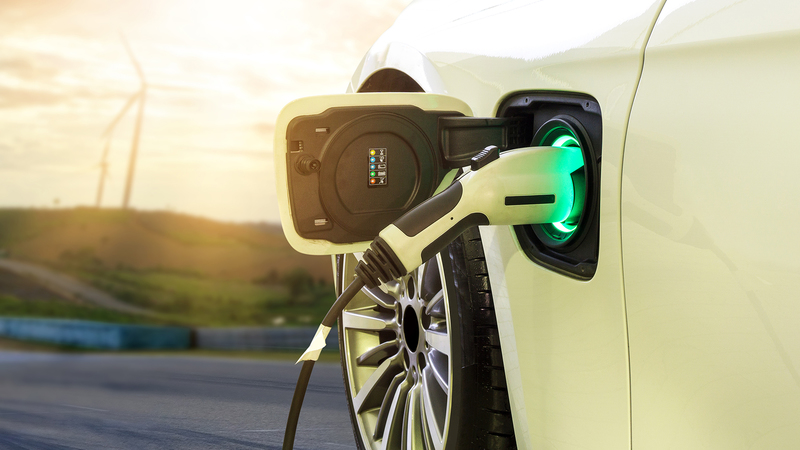

In November 2020, the UK government announced that it would ban the sales of petrol and diesel cars by 2030, bringing their target forwards a decade. While this is a promising step in the right direction, it begs the question, how will they supply enough green energy for this to be worthwhile?
Currently, the options to charge electric vehicles (EVs) with green energy is limited, but this will change in the near future. The WWF suggests that one of the most practical options available is to put your home on a renewable energy provider. At the very least, this offsets the energy you use to charge your vehicle when at home but does not affect anything when you need to charge on the go.
An option that is currently being explored is to plug your EV directly into a renewable source. For example, the WWF highlights two such charging stations, one in Sheffield and one in Reading. The one in Sheffield is a solar panel station connected directly to the EV charger, and the one in Reading is the same setup but with a wind turbine instead.
These options will likely grow in popularity in the future as the technology becomes cheaper to produce, and it becomes possible to get more from renewable sources. The main limitation of EVs is the practicality, as they are limited by batteries and charging stations. But if the government plans to ban petrol and diesel within the next 10 years, this is something they will have to change.
EVs run on either lithium-ion or lithium polymer batteries, although several less popular models have been trialled (with varying success) in EVS. While they are designed for high kilowatt-hour capacity, their run time – and by extension driving range – is what puts many people off making the switch.
Recent breakthroughs might overcome these issues, however. NAWA Technologies has recently patented a vertically aligned carbon nanotube battery that increases energy storage by three times compared to a lithium-ion battery. Charging time would be less than 10 minutes, and the vehicle range would be around 600 miles. This battery could be on the commercial market by 2023, the company announced.
The University of Texas has found another workaround. They have developed a cobalt-free lithium-ion battery that uses nickel in its cathodes instead. As the most expensive and least abundant material in the battery, this would massively cut production cost in the future. Similarly, the University of Eastern Finland has designed a hybrid battery that uses carbon nanotubes and mesoporous silicon microparticles that offers higher performance and more sustainable production.
The current limitations for EVs are battery life and access to green energy. These are two things the government will have to overcome to reach its energy target by 2030. But as more countries plan to make the switch, more and more resources are being pumped into solutions for these problems. It is likely that by 2030 there will be plenty of options for sustainable and well-performing batteries and vehicles.